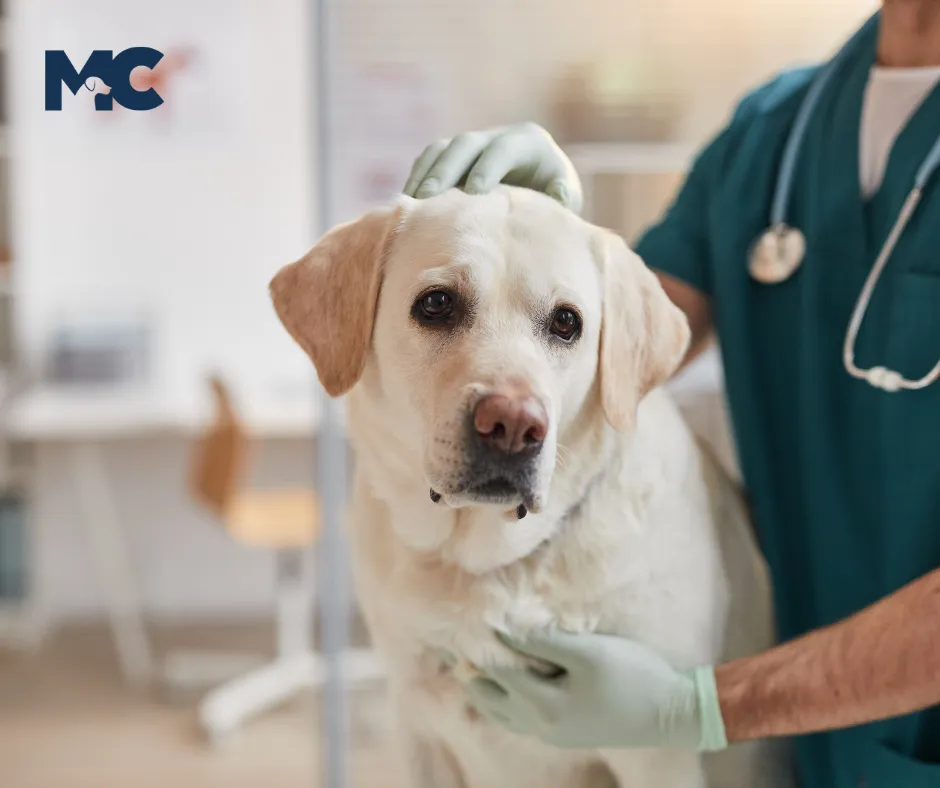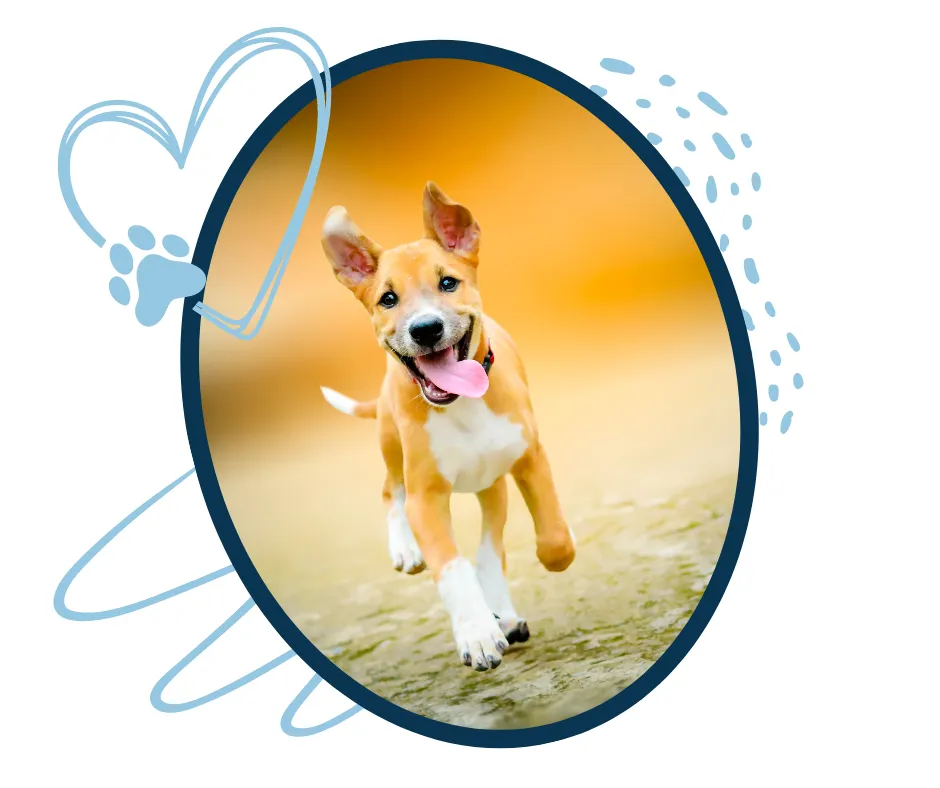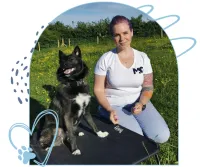
BLOG
New From The Blog

Pain and Behaviour
Is your dog in pain?
Our dogs are masters of disguising when they are in pain, which is why we investigate any change in behaviour. Pain or discomfort is normally the main culprit.
Recently, I was approached to help a dog struggling with reactivity, and during the initial behaviour assessment we discussed medical conditions and history and this poor pup has a long list of food allergies and intolerances, on top of arthritis in both knees at the young age of 4.
No wonder this dog is reactive!
Pain and discomfort will make a dog less tollerant of things, quicker to react and generally just cranky - a bit like us. The only problem is our dogs cant 'tell' us they are hurting, but the signs will be there if we know where to look.
The more common signs of pain or discomfort owners will notice is reduced activity - or lameness after a particularly long walk. Maybe their gait might be off, maybe they start to lick thair paws a bit more, or shift their weight a bit more when standing, or even a flinch when the affeced area is touched.
You might notice your dog is a little grouchier in the evenings - sometimes a little niggle in the morning can become a huge thing toward the end of the day.
They might even lose their appetite, this is especially apparent in the dogs that are incredibly foodie.
They might be reluctant to jump up or down from height. Refusing to jump in the car is a giveaway that something isn't right.
Our old lab Cookie in her later years developed arthritis in her knees and her telltale giveaway that she was in pain was she'd lick her lips a lot more. Every dog is different, and they'll have their own signs and signals, but quite often new behaviour struggles are caused by pain and discomfort.
Even allergies and gastrointestnal (GI) distress can be the culprit.
In all of my teaching I talk about 'the bucket', and that's because the bucket is such a great metaphor for explaining stress. Picture your dog carrying around a little bucket (bear with me - it will make sense!) and things and events throughout the day will pour into their bucket. For example, the neighbours cat has been chasing something in your garden - that'd be a pint poured into their bucket. The post man rings your doorbell - another pint in the bucket. You come home from work and take them to training class - another pint in the bucket. When the bucket overflows is when we get exaggerated behaviours. We get more barking and lunging, we get more pulling on lead, we get the zoomies, and in puppies this is quite often when the land shark and teeth come out.
For a dog struggling with reactivity, pain and discomfort (allergies, intolerances and GI struggles too) are MASSIVE bucket fillers, which means reactivity is going to be worse.
It works both ways too though, tensing from anxiety (maybe separation anxiety) can make a musculoskeletal struggle feel worse. Who hasn't snapped at their husbands because they've had a headache all day?
If you notice that your dog is a little stiff getting up after a long walk, or there's a sudden change in behaviour, please speak to your vet, especially if it's impacting behaviour. Our dogs are amazing at 'fitting in' and if they arent we need to ask why! Play detective with your dog and really watch them, there will be signs.
As always, I am more than heppy to discuss any concerns you have with your dog and their behaviour.
Chrissy
x

Ready To Jump Into The Pawtal?
Join our online community of like-minded dog owners that want to change their dog behaviour for the better.
Struggling with dog reactivity? We got you covered!
Is pulling on lead a drag? We have a solution for that!
Your dog doesnt have an 'off' switch? We can create one!
Whatever your dog training struggle, we have a solution for you!
© Copyright 2023 Muttley Crew Dog Training & Behaviour Ltd - Privacy Policy - Terms & Conditions
